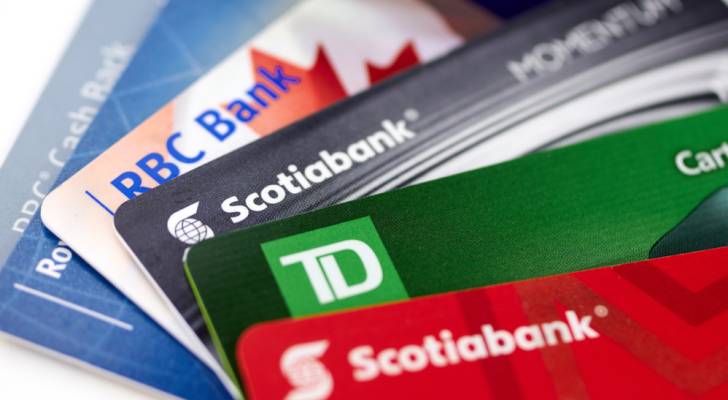
Quebec has taken a bold step to tackle rising consumer debt. Starting August 1, all credit‑card holders under agreements signed before August 2019 must repay at least 5% of their outstanding balance each month. The change marks the final phase of a gradual increase initiated in 2019, from 2%, to 4.5% this past year, and now to 5 %.
The rule also covers newer cards opened since August 2019, which have already borne this 5% requirement. Quebec’s Office of Consumer Protection says the move is designed to help reduce reliance on revolving debt, and stresses that paying your balance in full each month remains the best strategy.
The 5% rule: a provincial fix with national implications
While this regulation applies only in Quebec, it signals that serious credit‑card reform is possible — and perhaps necessary — across Canada. Household debt remains stubbornly high nationwide, and credit‑card balances often carry interest rates above 19%. For many Canadians, the minimum payment default becomes a financial trap.
Studies of Quebec’s earlier policy phases found raising minimum payments cut revolving debt by about 3.4% within six months, though it may have also slightly increased delinquencies.. A financial calculator example shows making only minimum payments at 19.9% interest means a $500 balance would take nine years to pay off and cost $574 in interest. Bumping the minimum to 5% cuts payoff time to four years, four months with just $193 in interest. That’s not a tiny difference. It’s significant — one your wallet will certainly feel.
What is the best credit card in Canada? It might be the RBC® British Airways Visa Infinite, with a $1,176 first-year value. Compare more than 140 cards in just 5 seconds.
That kind of impact is relevant everywhere. While most provinces haven’t moved on this rule yet, Quebec’s rollout may prompt others to follow. Even businesses and consumers outside the province can expect changes in lending practices and national debates over credit fairness.
What led to the change — and why now
Soaring household debt and interest
Canadian households now carry over 185% of disposable income in debt, the highest in the G7. Credit‑card debt makes up a significant share, with interest costs rising sharply when rates climb.
Learning from Quebec’s early gains
Studies show Quebec’s gradual increases nudged borrowers to pay down balances faster. A Bank of Canada analysis using TransUnion data found that Quebecers reduced revolving debt by about US$64 six months after initial increases. That decline wasn’t matched in neighbouring Ontario, suggesting the rule made a real difference.
More money now, less debt late
Whether you live in Quebec or not, this shift could affect how you manage debt, budget monthly expenses and plan ahead. Here’s what to keep in mind:
Expect higher minimum payments: If you live in Quebec, prepare for higher monthly bills if only minimums are made. A $2,000 balance becomes a $100 monthly payment instead of $90.
Pay more than the minimum: Paying more than the 5 % minimum can dramatically reduce interest costs and time in debt. Aim to clear your full balance each month.
Other provinces may follow: Quebec’s move could pave the way for national consistency. Some Canadian consumers are already asking for stronger protections against credit‑card debt loops.
Revisit your financial strategy: Use Canada’s credit‑card payment calculators to forecast repayment timelines. If rates surprise you, consider speaking with a credit counsellor or exploring a lower‑interest line of credit.
What this could mean for Canada’s financial health
Quebec’s step may signal a shift in how Canadians borrow, balancing personal accountability with systemic guardrails to avoid long-term debt. If rolled out nationally, it could:
- Reduce prolonged debt cycles among Canadians
- Prompt greater transparency in credit‑card contracts
- Encourage banks to offer better repayment tools or lower rates
Quebec’s move could spark a national shift in credit policy
Quebec’s mandatory 5% minimum payments could be a game‑changer. It’s a clear signal that credit‑card debt needs stronger guardrails, and that even small policy tweaks can ease financial strain. Canadians outside Quebec should take note: your monthly payments, budgeting habits and borrowing costs may all become part of the national conversation.
Sources
1. Bank of Canada: Credit Card Minimum Payment Restrictions (July 15, 2024)
2. Statistics Canada: Housing, wealth and debt: How are young Canadians adapting to current financial and housing pressures (March 27, 2024)
This article provides information only and should not be construed as advice. It is provided without warranty of any kind.